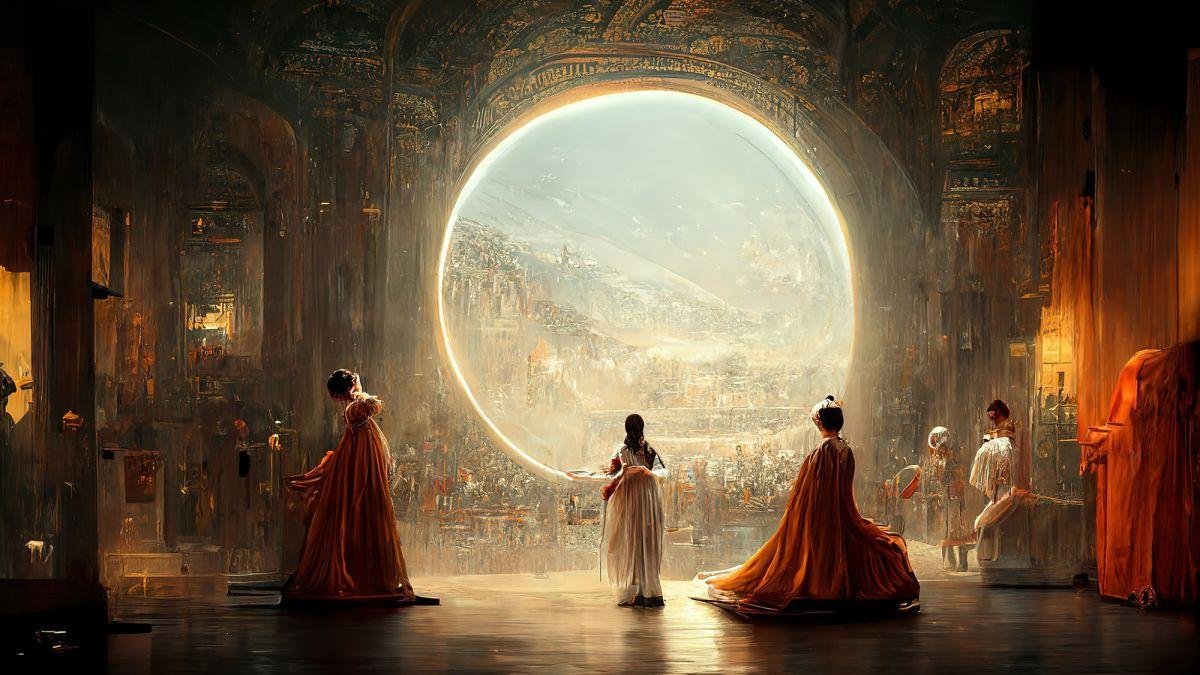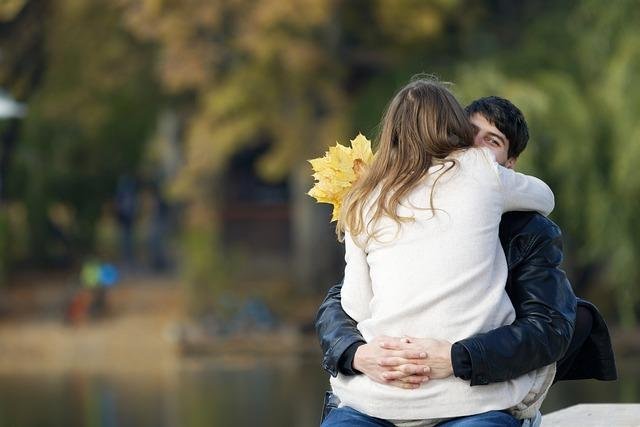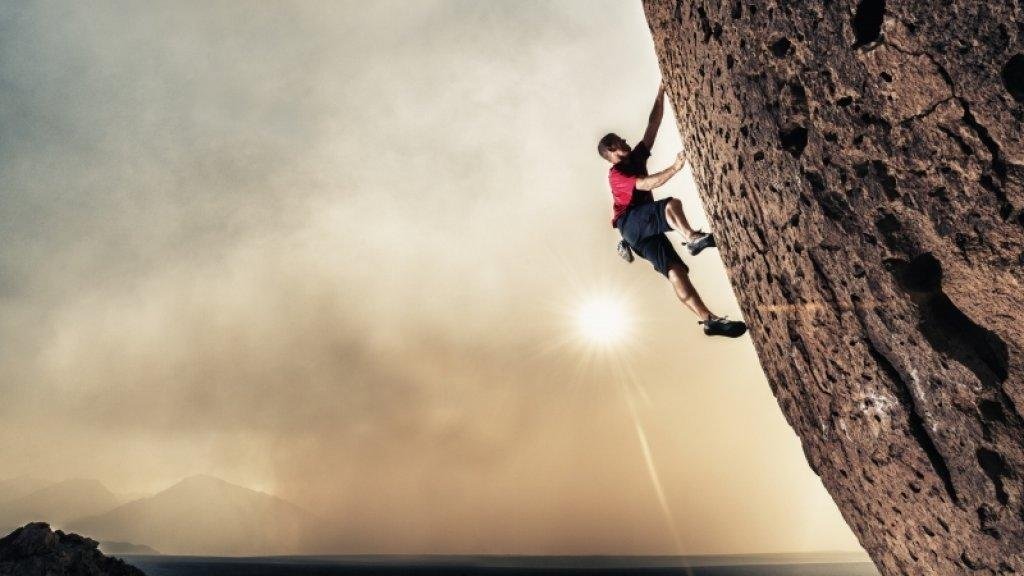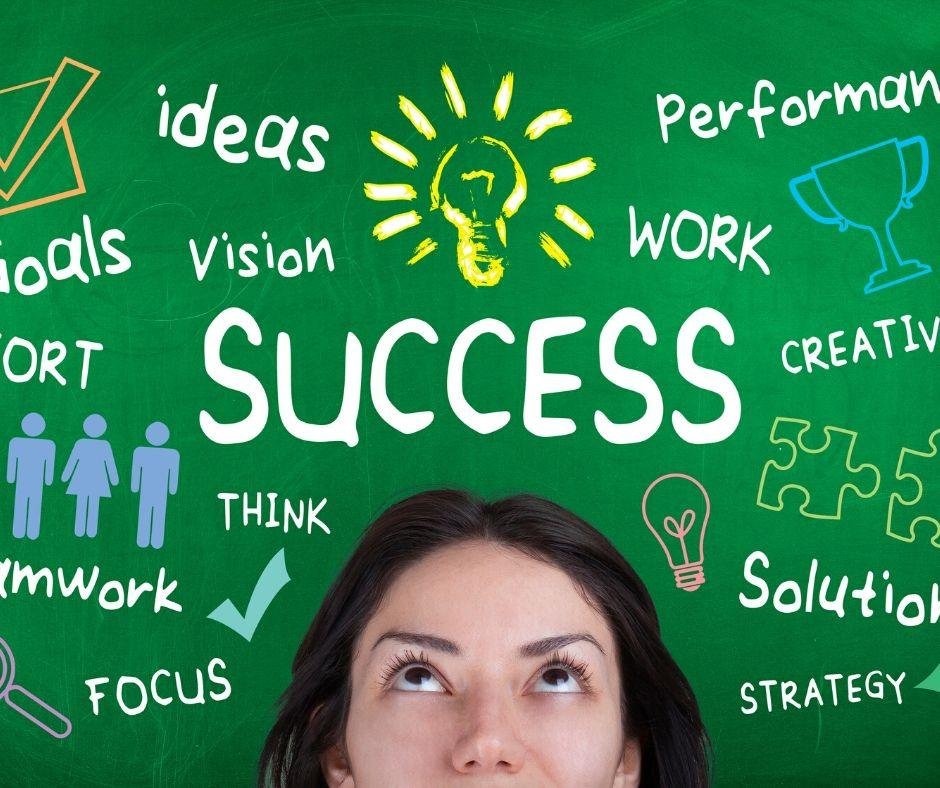
In the realm of artistic expression, the advent of artificial intelligence (AI) has ignited a fierce debate. As the boundaries between human creativity and computer-generated algorithms blur, the question arises: where does true artistry reside? A recent incident has brought this debate to the forefront, sparking both admiration and controversy. An artist has taken the extraordinary step of rejecting a prestigious photo prize after discovering that the winning entry was not the product of human ingenuity but rather the creation of AI. This bold action serves as a powerful statement, challenging our preconceived notions of art and the very essence of what it means to be an artist.
– Embracing Unpredictability: The Dawn of AI in the Art World
In a stunning turn of events, artist Jason Allen has rejected the prestigious Lumen Prize after his AI-generated piece titled “Théâtre D’opéra Spatial” was awarded the top prize. Allen’s decision has reignited the debate about the role of AI in art, with proponents arguing that it opens up new possibilities for creativity, while critics question the authenticity of AI-generated works.
One of the main concerns surrounding AI art is the lack of human touch and agency. Critics argue that AI systems are essentially machines that follow instructions, and that the resulting creations are therefore soulless imitations of human art. Proponents, on the other hand, believe that AI art can be just as expressive and meaningful as human-generated art, as it allows artists to explore new ideas and concepts that would not be possible through traditional means.
- Challenging Notions of Authenticity: A Novel Perspective on Creation
Challenging the Boundaries of Authenticity
In the digital age, the concept of authenticity in art has become increasingly nuanced. With the advent of artificial intelligence (AI), many question the traditional notion that only human-made creations can be considered authentic. This debate has recently taken center stage after an AI-generated image won a prestigious photography award, sparking outrage among some and applause from others.
The controversy highlights the need to challenge our preconceived notions of authenticity. While some argue that AI art lacks the emotional depth and human touch of “real” art, others contend that it opens up new possibilities for artistic expression. By blurring the line between human and machine creation, AI forces us to reconsider what we value in art and question the rigid boundaries we have imposed on it. The debate surrounding AI art is a wake-up call to embrace a more flexible understanding of authenticity, one that recognizes the evolving nature of creativity in the 21st century.
– Redefining Boundaries: Adapting to the Evolving Landscape of Artistic Expression
Redefining the boundaries of artistic expression has become paramount in the wake of AI-generated images garnering recognition. The traditional notions of craftsmanship and originality are being challenged, prompting artists to question the very nature of their craft.
In a recent incident, an artist withdrew their submission from a prestigious photo competition after an AI-created image was awarded the top prize. This bold move sparked a heated debate within the artistic community, forcing a reassessment of the criteria by which we judge and reward creativity. The question arises: should AI-generated images be considered on par with human-made art? Or, do they occupy a distinct category altogether? The evolving landscape of artistic expression demands a re-examination of our definitions and biases, leading us toward a more inclusive and nuanced understanding of what constitutes art.
Insights and Conclusions
This incident marks a pivotal moment in the intersection of art and technology, casting the spotlight on the evolving nature of creativity itself. As AI continues to push the boundaries of artistic expression, the question of what constitutes genuine human authorship remains open, inviting continued dialogue and reflection on the future of art and its relationship to humanity.